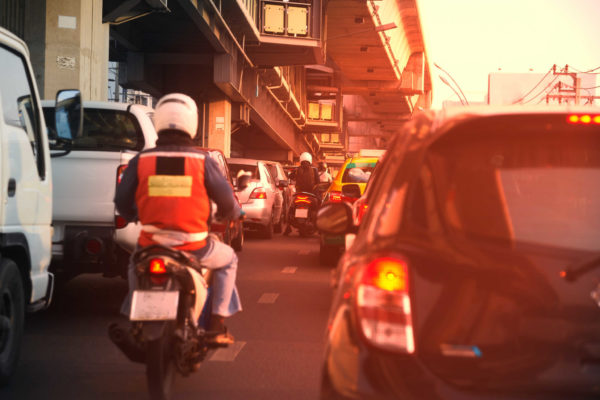There’s no question about it: Class 3 ebikes (S-pedelecs in Europe) are an ideal means of transport for commuters and would help ease the traffic situation, especially in congested cities. The legislature is hindering the transformation of urban mobility because these models are restricted to road use / bike lane use only. The is the opinion of E-Mountainbike magazine and myself, this is an ill-conceived regulation as it makes Class 3 ebikes and S-pedelec less appealing and prevents people from switching over to one of these instead of a car, negating the ecological, economic and health benefits they bring. Unfortunately, most cities doesn’t yet have any real Class 3 / S-pedelec dedicated infrastructure so you can literally get stuck in traffic with cars. As such, you end up getting stuck in rush hour traffic, crawling along at the same pace as the cars around you and inhaling their exhaust fumes. If you’re not stuck in traffic, you get hooted at by uncomprehending motorists since the fastest you can ride is 45 km/h. Oh and lets not forget these ebikes can't have a throttle yet they are required to be ridden on infrastructure where every other vehicle has a throttle or gas pedal.
Amazingly there are those that support the 3-class legislation because they feel it's the only reason they can ride class 1 ebikes on a trail...something they just accepted to be true.
I'm just posting this because I was happy to see the major ebike publication express this opinion. Maybe that will get more ebikers thinking about smarter legislation (like supporting LSEBs as bikes as defined by federal law HR727).
Amazingly there are those that support the 3-class legislation because they feel it's the only reason they can ride class 1 ebikes on a trail...something they just accepted to be true.
I'm just posting this because I was happy to see the major ebike publication express this opinion. Maybe that will get more ebikers thinking about smarter legislation (like supporting LSEBs as bikes as defined by federal law HR727).


